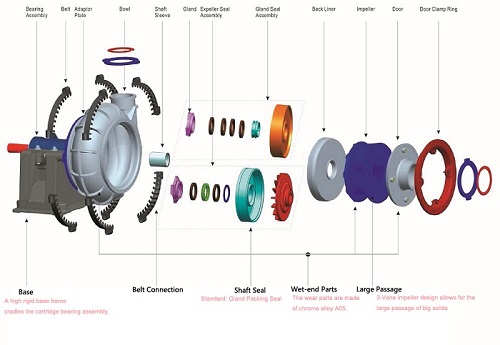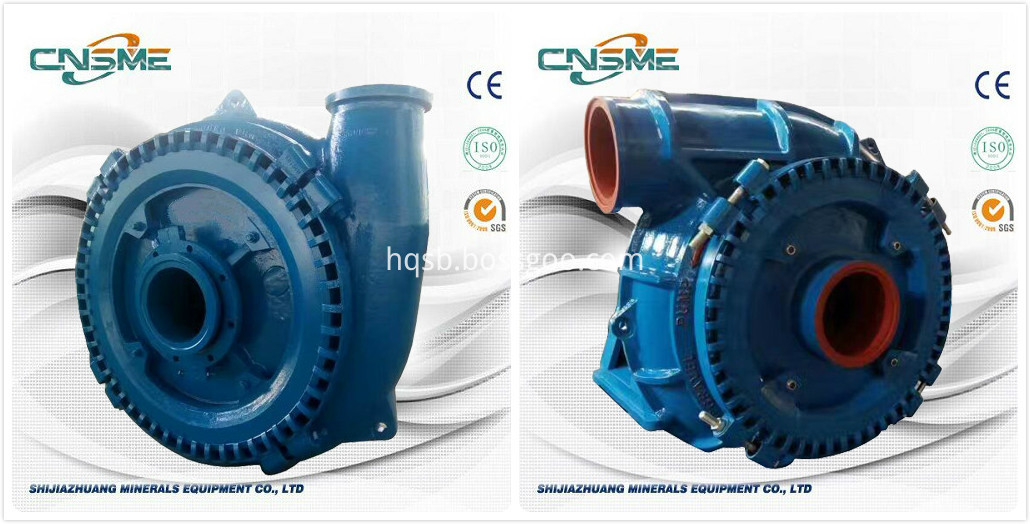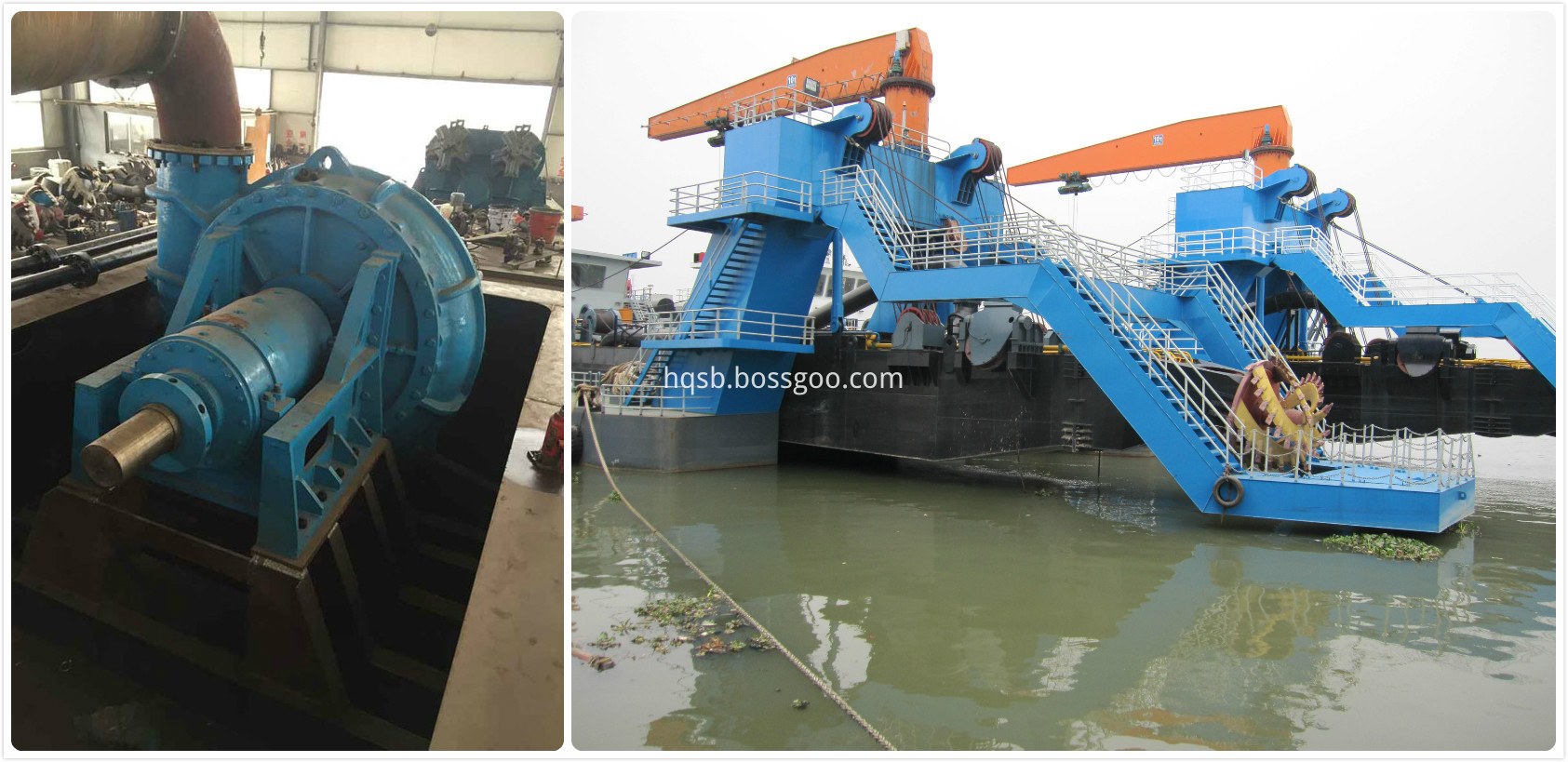Mixed waste copper fire refining molten liquid is different from the fire refining of blister copper, refining processes and equipment which are very different. At present, most of the domestic waste copper refineries are refining in a fixed reverberatory furnace. There are many problems such as low utilization rate of oxygen and reducing agent, low degree of automation, high labor intensity of workers, poor operating environment and serious environmental pollution. Most of the foreign countries adopt the tilting furnace technology to treat waste copper, which has the advantages of environmental protection, safety and high degree of automation. However, the tilting furnace has no melt micro-stirring device, and the heat and mass transfer ability is poor, and the structure is complicated. In view of the shortcomings of the existing waste copper processing technology, China Ruilin Engineering Technology Co., Ltd. has developed the "NGL" furnace waste copper fire refining process and equipment, and has been applied in several large waste copper processing plants in China.
First, the characteristics of waste copper fire refining
Due to the wide source of waste copper, complex composition and various shapes, the fire refining process and equipment have the following characteristics:
(1) Long feeding and melting time
The waste copper added to the furnace is solid cold material, and has a mass of block, powder and filament material, and the feeding speed is slow and the melting time is long. In the waste copper fire refining process, the feeding and melting time accounts for more than half of the operating cycle, and the fuel consumed accounts for more than 80% of the total. Therefore, the feeding speed and melting rate of the waste copper fire refining process are related to the production efficiency and energy consumption. great influence.
(2) The composition is complex and difficult to refine
In addition to copper scrap containing Pb, Zn, As, Sb, Bi, Ni, Fe and other metal elements, often also containing a halogen element such as F, Cl, Br, and organic matter. The waste copper in the pyrometallurgical refining process generally has an impurity content of 4% to 20%, and the liquid molten copper contains impurities generally in the range of 0.5% to 2%, so the refining of the scrap copper needs to be repeatedly oxidized according to different impurity removal requirements. It is difficult to refine and has a long time to make slag and sometimes make alkaline slag.
(3) Large amount of slag, more slag discharge
The slag-removing rate of waste copper refining is generally 5% to 10%, and the slag-forming rate is higher when the grade of the incoming material is low. The slag contains up to 20% to 35% of copper, and has a large amount of slag and a large viscosity. Therefore, the structure of the waste copper refining furnace should be considered to facilitate the slagging operation.
(4) There are many volatile substances, and the flue gas treatment system requires high
During the process of scrap copper refining, a large amount of volatile substances enter the flue gas, such as Pb, Zn and unburned organic matter. Sometimes the flue gas contains up to 100g/m 3 , and improper control in production will seriously bond the furnace exit and smoke. The road and waste heat recovery system bring great trouble to the flue gas treatment.
Second, NGL furnace technology and equipment introduction
The NGL furnace was developed in combination with the advantages of a tilting furnace and a rotary anode furnace. The side has a large feeding door and slag door, and the other side has a redox port and a permeable brick, and the furnace body can rotate within a certain angle. The current designed NGL furnace capacity is 100 ~ 270t, Figure 1 is the 250t capacity NGL furnace main, top view and operating furnace bitmap.

Figure 1 Schematic diagram of the NGL furnace
NGL processing scrap copper furnace process steps: feeding device with scrap copper loaded from the side of the door into the furnace, heating and melting using fuel combustion material, the use of either gas fuel, such as coal dust may also be used a solid fuel, Ordinary air combustion can be used, or oxygen-enriched or pure oxygen can be used to assist combustion. When the material is melted by about one-fifth, the ventilating brick from the bottom of the furnace is supplied with nitrogen. After the material is melted, the furnace body is tilted to a certain angle, so that the redox port is buried in the copper liquid, and the oxidized air is sent into the copper liquid. The oxidation operation is carried out, and when the slag is discharged, the furnace body is turned to the slag level to pour the slag. The oxidation furnace back to the working position, using natural gas or liquefied petroleum gas as a reducing agent, the redox opening into a reduction furnace operation copper solution, after completion of the reduction furnace tilting cast. In addition to the charging, the gas was subjected to micro-stirring by bubbling nitrogen through the ventilated bricks.
In order to further understand the melting rate of the NGL furnace and to find the optimal position of the oxidizing tuyere, the computer simulation of the refining process of the NGL furnace was carried out. The simulation results were used to determine the structure of the furnace body, the setting of the burner, the position of the oxidizing tuyere and the permeable brick. Adjustment.
Third, the advantages of NGL furnace technology
(1) Convenient for feeding and slag. The feeding door and the slag door can be arranged near the platform on the side of the furnace body, and the charging material can be conveniently and quickly added by the feeding vehicle. The slag door is arranged close to the slag line, which can be used for pouring slag or convenient slag slag;
(2) High thermal efficiency. The furnace body is compact and sealed, and the oxidation and reduction pipes are fixed on the furnace body. It is not necessary to open the furnace door operation during operation, and the heat leakage is less, and less cold air is leaked. A plurality of permeable bricks are arranged on the furnace body, and nitrogen gas agitation is adopted to accelerate heat and mass transfer, shorten operation time and save fuel consumption;
(3) High security. Since the furnace body can be rotated and the redox pipe is fixed on the furnace body, the safety accident that may occur due to the manual pipe holding operation is avoided, and the labor intensity of the worker is reduced; when the fault occurs, the furnace can be quickly transferred to a safe position to avoid "running" The occurrence of the copper accident and the safety of operation;
(4) Good environmental protection conditions. The sealing performance of the furnace body is good. It is not necessary to open the furnace door during oxidation and reduction, which reduces the escape of smoke. The rotation depth of the redox tube can be controlled by the rotation of the furnace body, and the nitrogen agitation of the gas permeable brick can improve the reducing agent. The utilization rate reduces the generation of black smoke; a perfect flue gas treatment system is installed behind the furnace, and the flue gas is introduced into the secondary combustion chamber of the double-body structure through the hood, burns the combustible material, and then recovers the waste heat from the waste heat boiler, and then enters the bag collection. Dust discharge after reaching the standard;
(5) High degree of automation. The whole system adopts DCS control, and the process parameters are automatically detected and adjusted by the instrument, which realizes electrical interlocking for some operations that require precise control and safety.
Fourth, the main technical and economic indicators of NGL and furnace technology
The charge contains 90% copper; the NGL furnace capacity is 250t (feeding capacity 270t/furnace); the NGL furnace operation cycle is 24h (including: feeding and melting for 14h, oxidation for 4h, reduction for 2h, casting for 4h); refining slag rate of 5%; refining slag Copper content: 35%; furnace maximum outlet flue gas volume (melting period): 25000m 3 /h for air combustion, 5000m 3 /h for pure oxygen combustion; single gas consumption per ton of anode gas: 110m 3 for air combustion, pure oxygen assisted combustion 60m 3 ; 8m 3 per ton anode reducing agent (natural gas); casting machine capacity 80t / h; per ton anode (hetero copper - anode copper) comprehensive energy consumption 50kgce (air assisted combustion and recovery of waste heat steam); per ton anode The national advanced energy consumption value is 290kgce.
It can be seen that if pure oxygen is used to support combustion, the amount of smoke is only 20% of the air-assisted combustion, the heat taken by the flue gas is small, the fuel consumption is low, the flue gas treatment system can be greatly reduced, and the investment and operating costs are reduced. At present, NGL furnaces in several factories in China use pure oxygen-supported burners.
Fifth, the expansion of NGL furnace technology
The technical expansion of the NGL furnace process is to make it more functional and more versatile.
(1) Using oxygen-enriched air refining
In order to further reduce the grade of waste copper which is processed into the NGL furnace and improve economic efficiency, it is being studied to use the oxygen-enriched air from the redox port to refine the waste copper to improve the oxidation strength and efficiency of the NGL furnace. Since the NGL furnace has multiple sets of redox tubes and multiple permeable bricks, the kinetic and thermodynamic conditions of the redox reaction are improved. Compared with the converter, the permeable bricks make the diffusion of oxygen in the melt more uniform, and the melt The agitation is not severe, and the influence on the refractory material in the tuyere area is small, and the utilization ratio of the same oxygen amount is higher than that of the converter.
(2) Direct production of copper rods of international electrical standards using NGL furnaces
The foreign direct production standard of waste copper refining with more than 94% of favorable foreign products is EN1977 (1998) CW005A. The advantage is that the electrolytic refining process is omitted, which greatly saves energy consumption and production cost. The company introduced the technology and equipment from abroad. After improving the oxidation strength and efficiency of the NGL furnace, we will further study how to select a reasonable oxidant, slag-forming agent, slag type, etc. in the refining process so that the refining process can only remove harmful impurities, retain effective metal components, and develop refining and processing equipment. The precise control of the automatic control system, the final realization of 90% of the waste copper refining directly into the continuous casting and rolling equipment to produce copper rods that meet international electrical standards, to obtain greater economic benefits.
Conclusion
NGL furnace technology and equipment is a domestic independent innovation technology. It has the advantages of simple structure, high efficiency, low energy consumption, high degree of automation, good environmental protection and low investment. It has been applied in several large waste copper recycling plants in China.
The SME Heavy Duty Gravel Pump is designed for higher head duties such as cyclone feed,
long distance pipelines and high static discharge heads.
|
Pump Range |
4-inch to 16-inch |
|
Capacity |
up to 3600m3/h |
|
Total Discharge Head |
up to 70m |
Material available: high chrome alloy A05
Gravel Pump Construction:

Configuration Type:

More Gravel Pumps:

Gravel Pumps in Dredging:

Hard Metal Sand Pump,Hard Metal Slurry Pumps,Vertical Cantilever Slurry Pumps
Shijiazhuang Minerals Equipment Co., Ltd , https://www.smepump.com